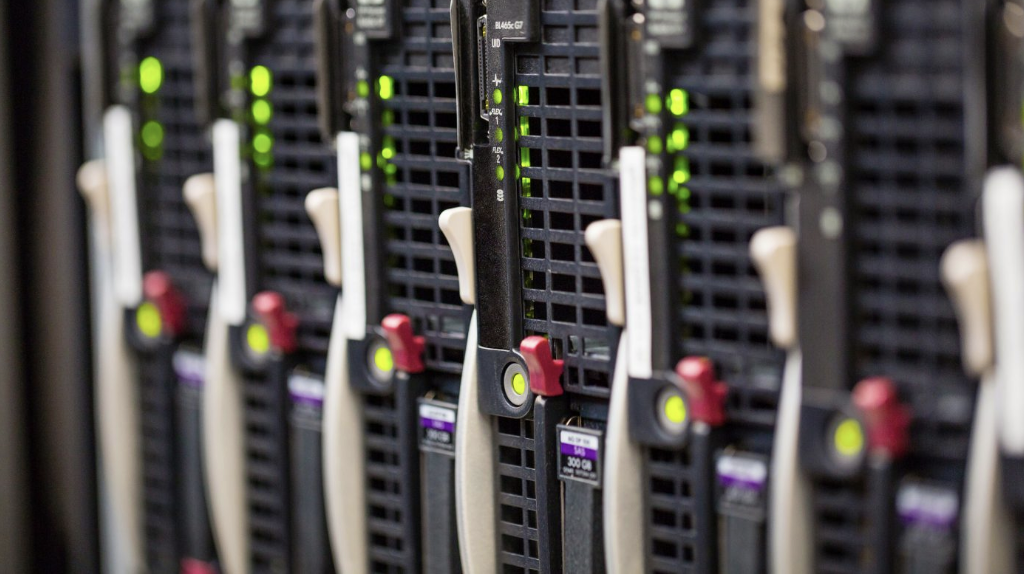Is Enterprise NAS Making a Comeback?
As recently as five years ago, some industry analysts were predicting the impending death of network-attached storage. Instead, the global NAS market is forecasted to continue CAGR of 12.1% through 2028. What was a $27 billion market in 2022 is projected to grow to more than $51 billion in the same time period. Going further, this growth puts the market at almost $100 billion in another ten years. The healthcare segment is expected to experience the highest CAGR over this forecast period. It’s clear that enterprise NAS is making a comeback. In fact, to paraphrase James Todd Smith, “Don’t call it a comeback. (It’s) been here for years.”
The explosive growth of unstructured data and the need to provide data access to an increasingly remote and mobile workforce have helped drive increased NAS adoption. Ease of use, high capacity and rapid scalability are other contributing factors. This old dog still has lots of bark!
Old Dog
NAS is designed specifically to store and organize file data that doesn’t fit neatly into traditional row-and-column databases. That makes it perfect for email, documents, audio and video, and the other types of unstructured data that now account for about 80 percent of the data managed by a typical enterprise organization.
It’s also easy to add capacity and extend access. Enterprise NAS servers with hundreds of terabytes of capacity can be added quickly to the local network via an Ethernet connection. Organizations can provide access to hundreds of mobile users by connecting to a wireless router.
New Tricks
NAS is an important component of enterprise storage tiering strategies. It’s specifically effective in organizing huge data sets based on their value to the organization. By assigning data to storage tiers with varying capacity, cost and performance characteristics, enterprises can optimize storage costs and increase efficiency.
Enterprise NAS devices can accommodate multiple tiers with a mix of physical storage drives. For example, fast but expensive solid-state drives provide premium performance for critical data assets. Meanwhile, less expensive hard disk drives support archival and disaster recovery requirements.
In addition to physical storage, memory, CPUs and network interfaces are important factors in NAS performance. Enterprise-grade devices typically have at least 16GB of RAM and specialized CPUs designed for higher performance and lower power consumption. High-end NAS solutions also typically have multiple Gigabit Ethernet ports for high-speed connectivity.

Stage Your Own Comeback
Hewlett-Packard Enterprise offers a robust portfolio of enterprise-grade NAS appliances, including the capacity-optimized StoreEasy 1660 and the performance-optimized StoreEasy 1860. Both are built from the best-selling HPE ProLiant Gen10 family of servers with support for new 18TB hard drives and raw internal capacity of 504TB.
StoreEasy NAS also comes with a specially licensed operating system — the Microsoft Windows Server IoT 2019 Standard Edition. It includes a robust range of file serving and storage capabilities along with Windows Server management tools such as Active Directory, PowerShell and System Center.
A key feature of these devices is the HPE StoreEasy Management Console, a web-based management interface that simplifies workflows. Built-in file sync and share enables in-office, mobile and remote employees to access their work files from any Internet-connected desktop, smartphone or tablet.
PKA’s storage team has deep experience with the HPE product portfolio. Contact us to learn more about using StoreEasy NAS and its new tricks can become your best friend.






